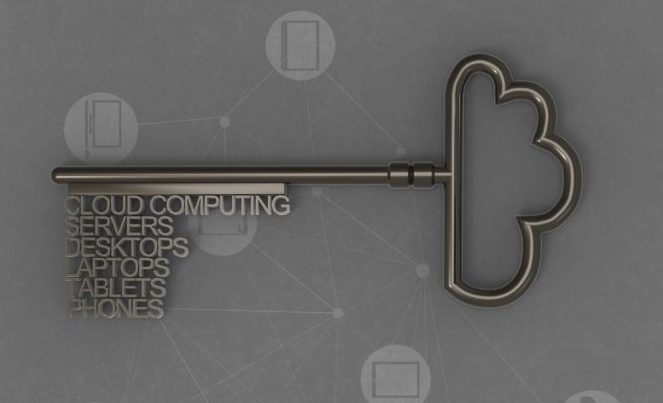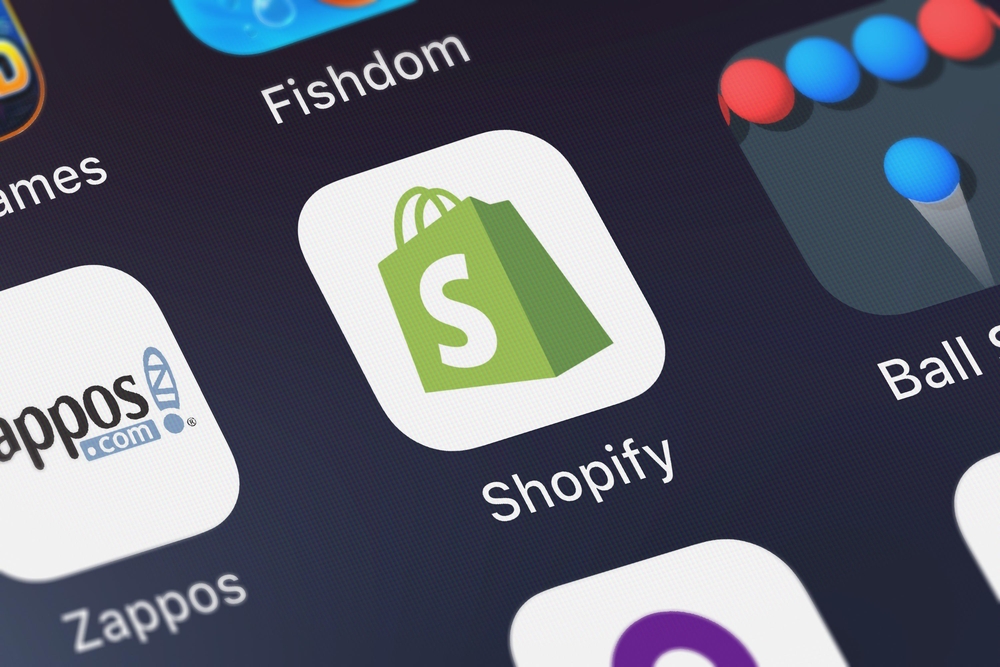Category: DIRECT RESPONSE
-
Why Consumer Data is Valuable to Both Businesses and Consumers
Data has become synonymous with breaches of privacy in recent years. The fear consumers have of their personal data being shared, used, and sold across the world is unappealing. It doesn’t help that so many big tech, and big data, companies like Microsoft and Amazon have exposed customer information in one way or another. Consumer…
Written by

-
5 Reasons Why You Should Make the Switch from ClickBank to Shopify
Considering making the switch from ClickBank to Shopify or curious about the benefits of each? We’ll give you five solid reasons why you should consider making the switch or joining Shopify even if you aren’t coming from ClickBank. Though dedicated to online sales, ClickBank and Shopify are two very different platforms that market to different…
Written by

-
Company Valuations Part 2: When Is the Best Time to Sell a High-Risk Business and How to Get a Company’s Value Assessment
In Part 1 of our interview with Lane Gordon, we spoke about what makes a business sellable. The metrics a business owner should look at and the qualities a buyer looks for. In this part, we’ll cover when the best time to sell is as well as how to get an accurate high-risk business valuation. There…
Written by

-
How AI Copywriting Benefits Your Business (and Why You Should Keep Your Human Writers…for Now)
The bells aren’t ringing just yet for copywriting professionals. AI copywriting tools are available online for business owners, students, and writers to use that speed up certain processes. You can use these tools to assist with web content, blog posts, meta descriptions, and a lot more. And these tools can benefit businesses more than you…
Written by

-
The Future of Direct Response Marketing Part 2: Partners, not Providers
Welcome back! In this Part 2 of our interview with Rich Schefren, internet marketing pioneer and “guru to the gurus”, we uncover what the future of direct response marketing holds. His insight on the subject is both understandable and surprising. Use this information to your advantage to prepare a future-proof business model that can capture the…
Written by
